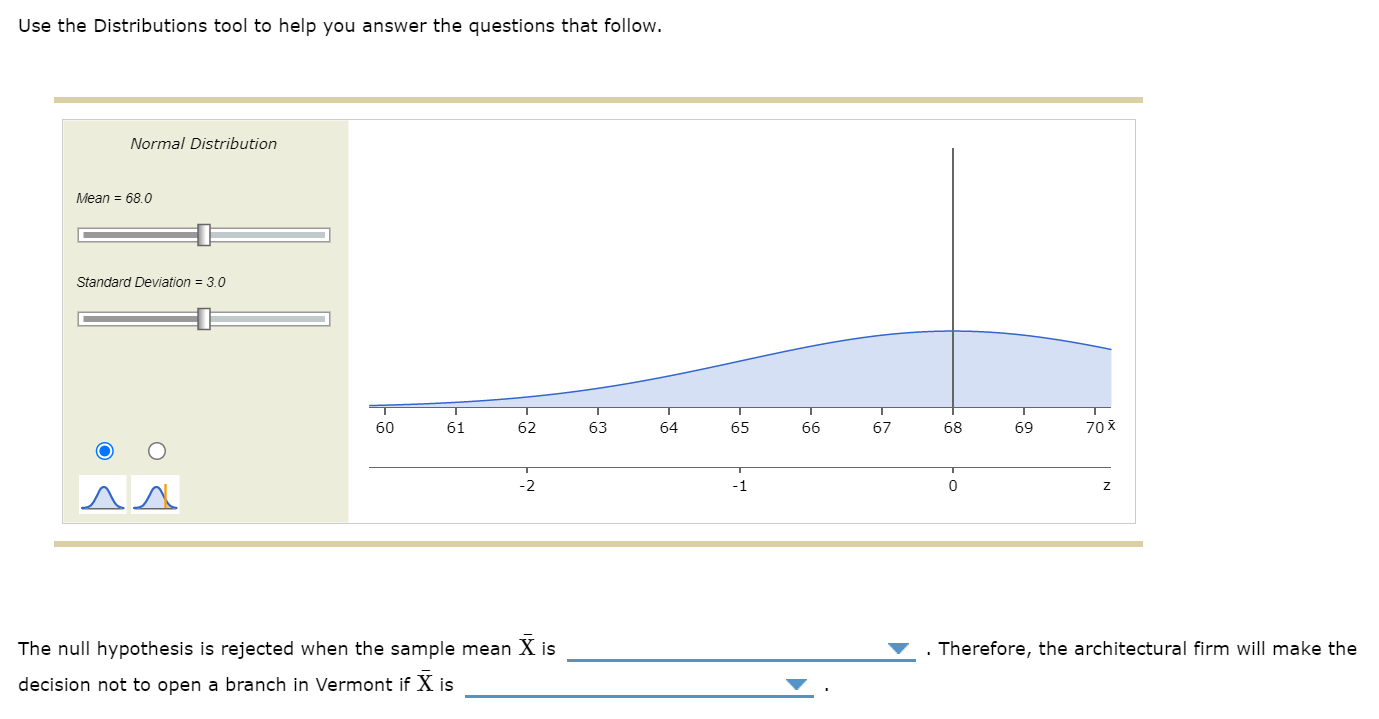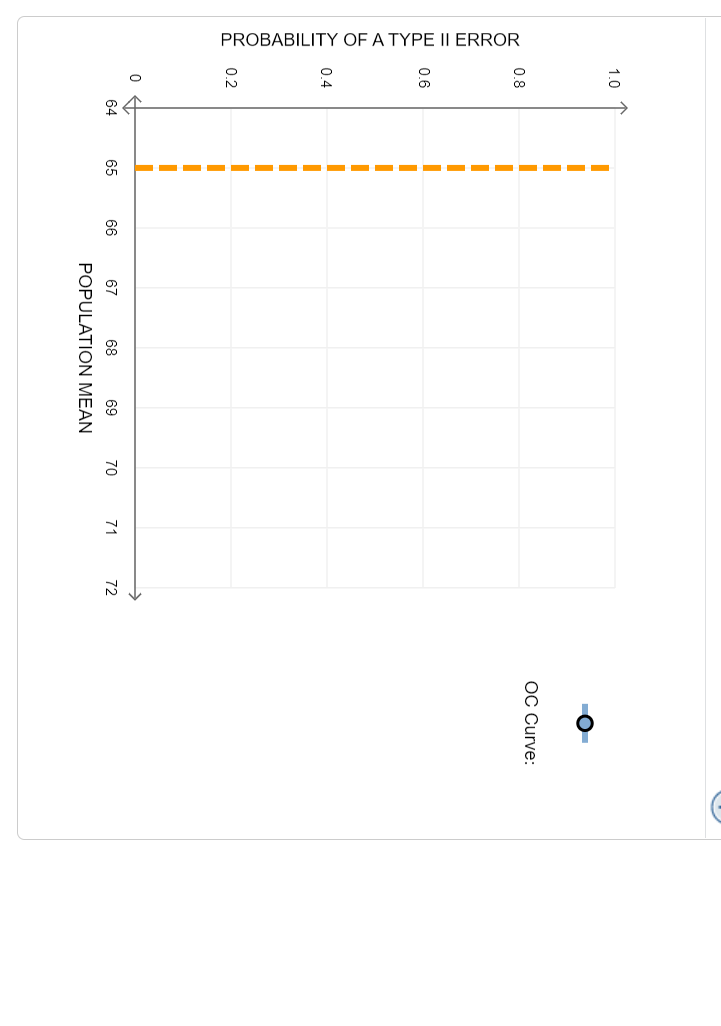Home /
Expert Answers /
Statistics and Probability /
8-calculating-the-probability-of-a-type-ii-error-suppose-an-architectural-firm-specializing-in-th-pa991
(Solved): 8. Calculating the probability of a Type II error Suppose an architectural firm specializing in th ...
8. Calculating the probability of a Type II error Suppose an architectural firm specializing in the structural restoration and renovation of historic homes and early barns is deciding whether to open a branch of the company in Wilmington, Vermont. Market research commissioned by the firm indicates that the Vermont location will be profitable only if the mean age of houses and barns located within a 100-mile radius of Wilmington is greater than 65 years. The architectural firm conducts a hypothesis test to determine whether u, the mean age of structures located within a 100-mile radius of Wilmington, is greater than 65 years. The test is conducted at a = 0.05 level of significance using a random sample of n = 81 houses and barns located in the specified area. The population standard deviation of the age of structures is assumed to be known with a value of a = 12.6 years. The firm will open a Vermont branch only if it rejects the null hypothesis that the mean age of structures in the specified area is less than or equal to 65 years. To summarize this hypothesis test refer to the chart given below. Reject the Null= Open the Branch Fail to Reject = Do Not Open the Branch
Use the Distributions tool to help you answer the questions that follow. Normal Distribution Mean = 68.0 Standard Deviation = 3.0 60 T 61 T 62 -2 The null hypothesis is rejected when the sample mean X is decision not to open a branch in Vermont if X is 63 64 65 -1 66 67 68 69 70 X Z Therefore, the architectural firm will make the
(Hint: Use the tool to obtain the sampling distribution of X) Suppose that the true value of ? is 67 years. The probability that the architecture firm commits a Type II error is If the true value of ? is 67 years, the power of the test is Use the graph that follows to plot points on the operating characteristic (OC) curve for µ = 66, 67, 68, 69, 70, and 71. Round Y coordinates to two decimal places.
PROBABILITY OF A TYPE II ERROR ? 0.8 ? ? 0 64 65 66 67 69 POPULATION MEAN 89 70 71 72 ? OC Curve:
probability of opening an Based on the level of significance it has selected for its test, the architectural firm is willing to risk a unprofitable branch. It is willing to risk a 0.10 probability of not opening the branch when ? = 68. (In other words, it is willing to fail to reject the null hypothesis when it actually should have rejected the null hypothesis only 10% of the time). What should the firm do? Decrease its sample size. O Increase its sample size. O Decrease a. O Do nothing; its current risks are acceptable.
Expert Answer
Solution: Given that, The sample size (n)=81 The population mean ()=65 The population standard deviation ()=12.6 The level of significance ()=0.05 We know that, Type-I error: Reject the null hypothesis when it is true Type II error : Fail to reject t




